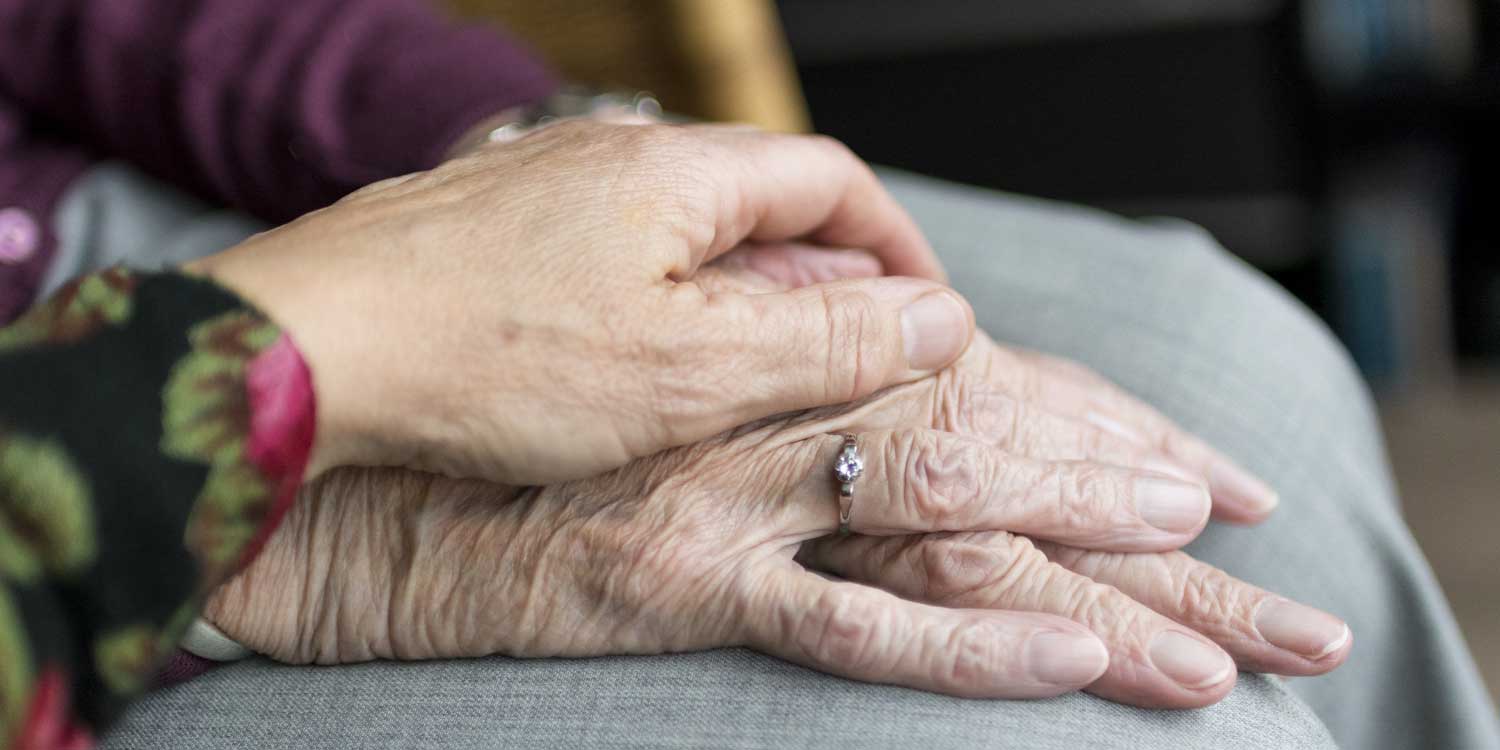Rheumatoid arthritis is inflammatory arthritis caused by the development of antibodies that attack the joints which leads to pain and swelling.
It is a chronic, relapsing disease that is more common in females. If untreated, it can lead to joint destruction and deformity. Rheumatoid arthritis is considered a systemic disease, meaning it can cause inflammation to other areas of the body as well. Joints that are commonly affected in rheumatoid arthritis are the hands (knuckles), wrists, and elbows. You can also develop pain in the feet, ankles, and knees. Rheumatoid arthritis spares the lower and mid-back but can affect the neck.
Symptoms of rheumatoid arthritis include joint pain and joint swelling affecting both sides of the body. This pain is worse in the morning and is associated with joint stiffness. This can be described as difficulty making a fist or holding a coffee cup in the morning. The pain improves with activity and throughout the day.
Rheumatoid arthritis can cause inflammation in other areas of the body including the lungs, eyes, skin, gastrointestinal tract, and kidneys; which can lead to other symptoms besides joint pain, including shortness of breath, hoarse voice, eye inflammation, or rashes.
Diagnosis of Rheumatoid arthritis
The diagnostic criteria of rheumatoid arthritis include both symptoms, lab work, and imaging.
Symptoms include:
- Swelling of multiple small joint
- Swelling of large join
- Symptoms have been present for > 6 weeks
Labs
For signs of inflammation in the blood, 2 tests are commonly used:
- Sedimentation Rate (ESR)
- C- Reactive Protein (CRP)
These are nonspecific markers of inflammation and they can be elevated in the setting of any illness. These lab tests can also be used to evaluate for disease activity when undergoing treatment.
Other labs tests look at antibody production. This includes:
- Rheumatoid factor
- CCP antibody
In correlation with symptoms, these antibodies can point to a diagnosis of rheumatoid arthritis. Early in the disease, sometimes the lab tests will not be positive. Approximately 10% to 20% of patients diagnosed with rheumatoid arthritis have negative antibody tests.
Imaging
It is also important to look at x-ray imaging of the joints - especially the hands and feet. Rheumatoid arthritis destroys the joint.
Treatment Plans
The goal of treatment is to improve pain and swelling of the joints to prevent joint destruction.
Acute treatment:
The acute treatment of rheumatoid arthritis works to treat the active inflammation in the joints. This is done with steroids such as prednisone. This medication works well in the short term to reduce swelling and pain associated with rheumatoid arthritis. It is used at the start of treatment and can be used during flares of the disease. Long-term steroid use, however, is associated with many side effects including infection, weight gain, diabetes and osteoporosis (weak bones), hair loss, high blood pressure, diabetes, and thin skin.
Chronic treatment:
The focus of long-term treatment is to suppress the part of the immune system that is creating antibodies against the joints that leads to inflammation and destruction. This is done by using a class of drugs called DMARDs (disease-modifying anti-rheumatic drugs). Methotrexate is one of the most common drugs used, but there are other drugs in the DMARD class that can be trialed as well. In severe disease or when Methotrexate is not effective by itself, we add a class of medications call biologic- DMARDs. This is a newer class of injectable drugs that act by targeting very specific areas of the immune system. Examples of biologics include Humira or Enbrel.
Non-pharmacologic treatment with physical therapy and occupational therapy is an important part of treatment as well.
Osteoarthritis vs. Rheumatoid Arthritis
Osteoarthritis (OA) is joint pain due to wear and tear of the joint and break-down of the cartilage. It tends to affect the weight-bearing joints like the knee, hips, and back. It occurs with age, but there is also a genetic component as well. The most important way to prevent and treat osteoarthritis is exercise and weight loss. Strong muscles around the joint will help support the joint and prevent pain and damage.
To learn more about diagnosing, treating, and managing rheumatoid arthritis contact us to schedule an appointment.
 Authored by:
Authored by:
Kelsey Rigby, DO
Kent Hospital, Internal Medicine Resident
 What is Rheumatoid Arthritis?"
class="bg-img"
fetchpriority="high"
loading="eager"
decoding="async">
What is Rheumatoid Arthritis?"
class="bg-img"
fetchpriority="high"
loading="eager"
decoding="async">
 Authored by:
Authored by: